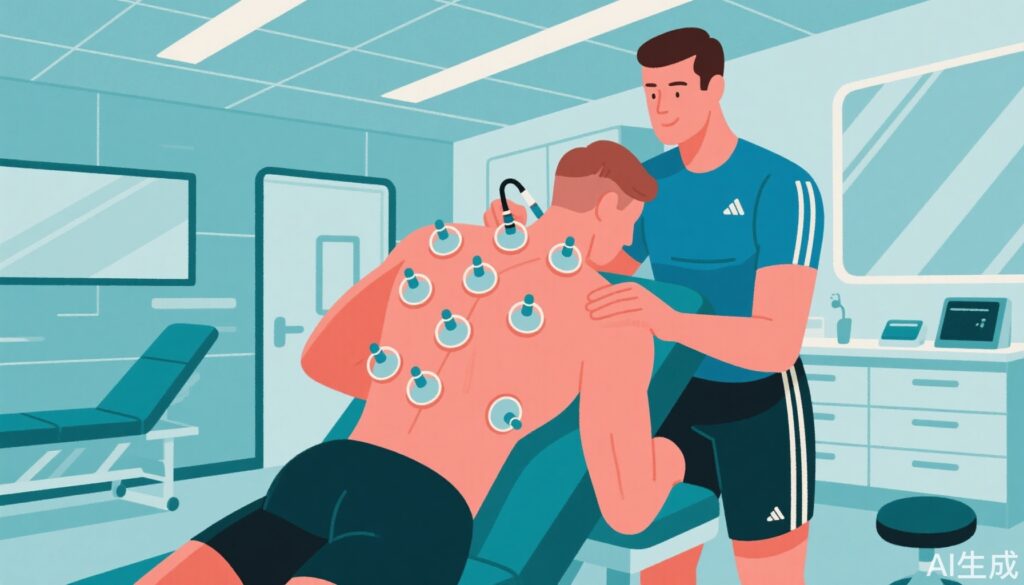Introduction to Cupping Therapy in Sports
Cupping therapy is an ancient healing practice originating from traditional Chinese medicine that has gained widespread acceptance in the sports community. Athletes face intense training, competitions, and recovery demands, and cupping offers multiple benefits that support their physical and mental well-being. This article explores how cupping therapy benefits athletes and why it is considered a secret weapon for enhancing performance and accelerating recovery.
1. Relaxation of Tense Muscles
Intense training often leaves athletes with tight, stiff muscles. Cupping therapy works by creating negative pressure on the skin surface, which promotes increased blood flow to the affected muscles. This enhanced circulation helps relax tight muscle fibers, reducing muscle fatigue and increasing joint flexibility. Consequently, athletes can better prepare for subsequent training sessions or competitions.
2. Promotion of Injury Recovery
Injuries are a common challenge throughout an athlete’s career. Cupping therapy aids recovery by stimulating blood circulation to injured areas, which accelerates tissue repair and helps reduce pain and swelling. Faster recovery times are crucial for athletes aiming to return to their sport promptly and safely.
3. Improvement of Blood Circulation
Efficient blood circulation is essential for optimal athletic performance. By enhancing blood flow, cupping increases the delivery of oxygen and nutrients to muscles and tissues. This boost supports better physical endurance, decreases fatigue, and delays the onset of muscle tiredness during prolonged or intense activity.
4. Alleviation of Muscle Soreness
Post-training muscle soreness is a frequent complaint among athletes. Cupping helps alleviate this discomfort by increasing blood flow, which facilitates the removal of lactic acid and metabolic waste products accumulated in muscle tissues. This process reduces both the intensity and duration of muscle soreness.
5. Support for Immune System Health
High-intensity training and competitive stress can strain the immune system. Cupping therapy is believed to enhance immune function by promoting lymphatic drainage and reducing inflammation. These effects help improve the body’s resistance to infections and illnesses, supporting overall health during demanding training seasons.
6. Psychological Relaxation and Anxiety Reduction
Athletes often experience psychological stress due to competition pressure and high expectations. Cupping therapy provides a calming effect on the body, helping to reduce anxiety and mental tension. This relaxation promotes better psychological stability and focus, which can translate into improved performance during events.
7. Personalized Treatment Approach
Cupping therapy is highly adaptable and can be tailored to meet the individual needs of each athlete. Various cupping techniques and applications target specific issues, making it a versatile treatment option that addresses unique physical conditions and goals.
Conclusion
Cupping therapy is a multifaceted treatment offering numerous benefits for athletes, including muscle relaxation, enhanced recovery, improved circulation, reduced muscle soreness, strengthened immunity, psychological relief, and personalized care. Despite its ancient origins, cupping remains a valuable and widely used modality in modern sports medicine and rehabilitation. Athletes and sports healthcare professionals can leverage this traditional technique to support health, optimize performance, and facilitate quicker recovery from injuries.



